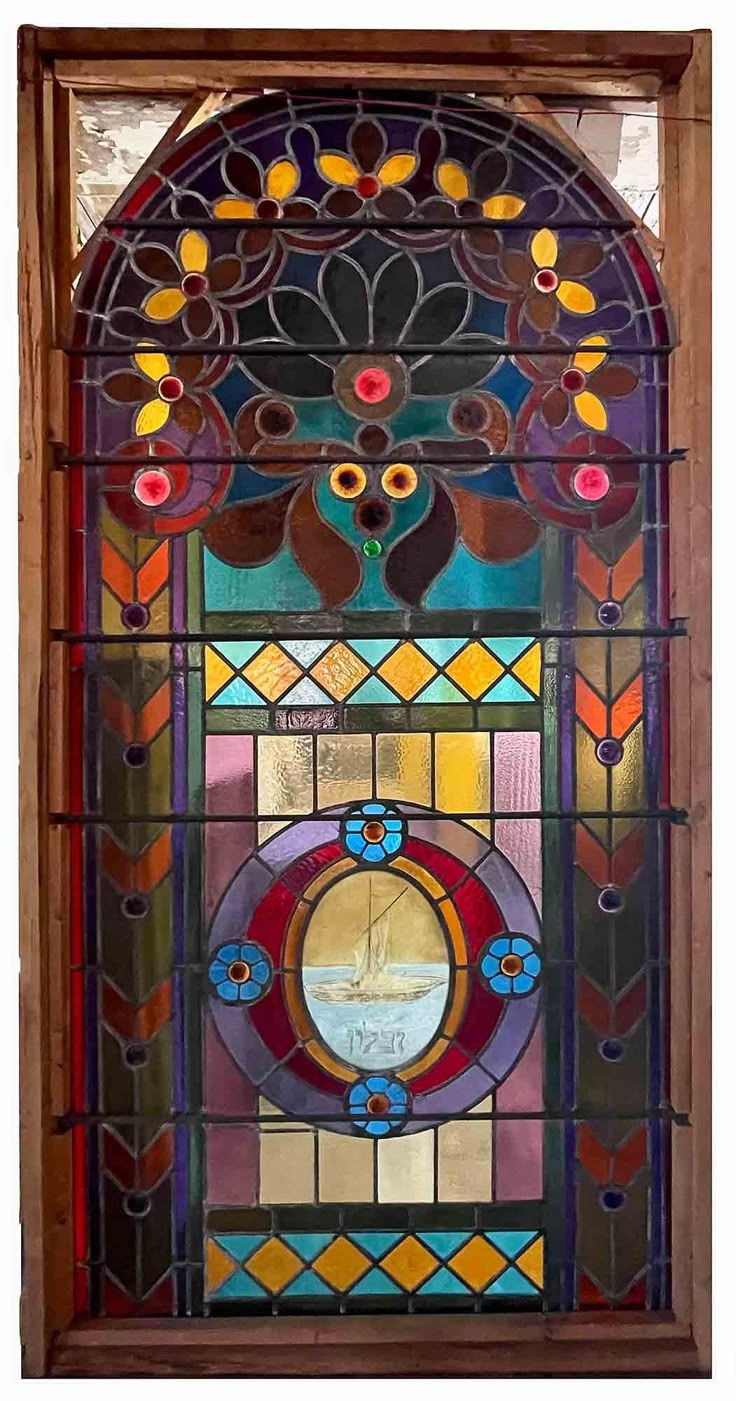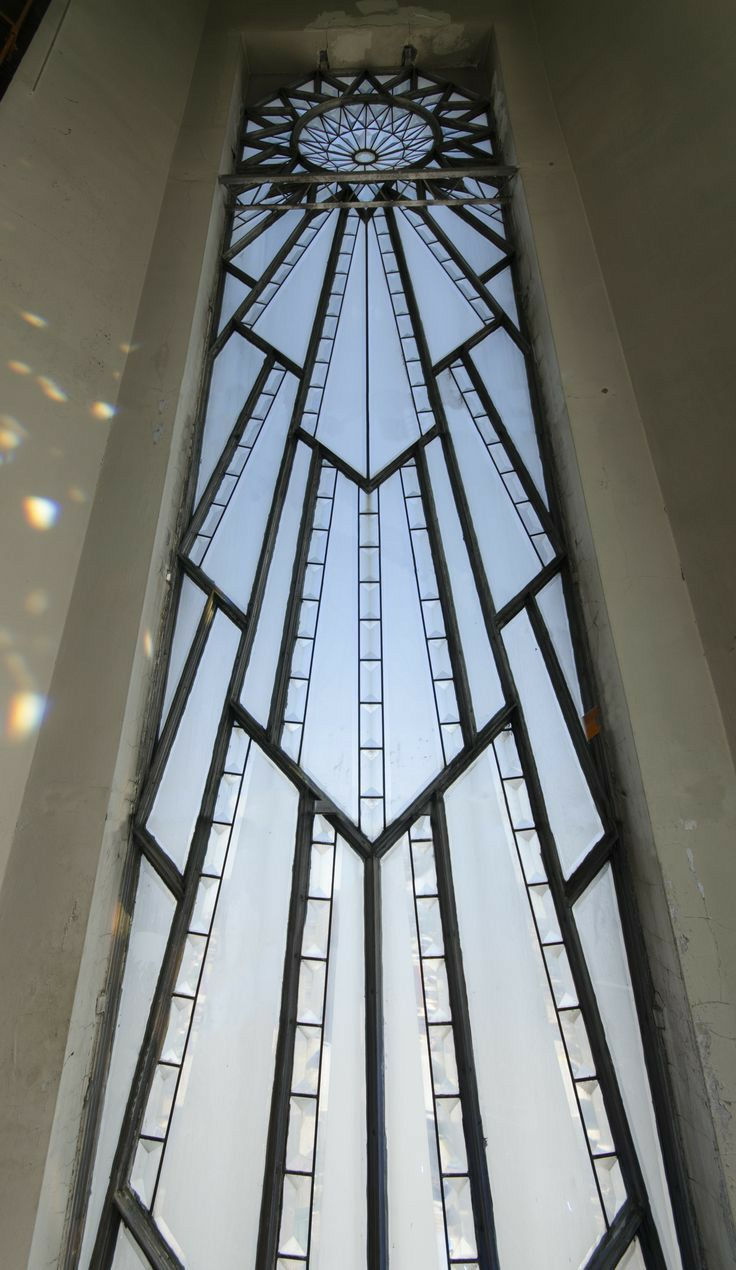The Evolution of Stained Glass in American Homes: Craftsman, Victorian, Art Nouveau, and Art Deco Movements
- Nicole Piper
- Mar 12
- 4 min read
Updated: Jun 8
Stained glass has long been a defining element of American architecture, gracing homes, churches, and public buildings with its brilliant colors and intricate designs. While stained glass often conjures images of grand cathedrals, its use in domestic settings has evolved through distinct artistic movements. Four key eras stand out in American stained glass history: the Victorian, Art Nouveau, Craftsman, and Art Deco periods. Each of these styles brought unique visual characteristics and innovative techniques that shaped the way stained glass was used in homes.

The Victorian Era: Ornate Elegance (1837–1901)
The Victorian era, named for Queen Victoria’s reign, was a time of opulence, eclectic design, and a love for intricate details. This was reflected in stained glass, which became a staple in well-to-do homes of the late 19th century.
Visual Style: Victorian stained glass is characterized by elaborate patterns, rich jewel-toned colors, and complex floral motifs. Common themes included roses, peacocks, and geometric medallions framed by textured glass. The use of painted details added lifelike elements to figures and floral designs.
Methods and Techniques: During this period, advancements in glassmaking led to a greater variety of textures and colors. Glass was often layered and painted to create depth, and lead came (the metal framework holding the pieces together) was used to form intricate patterns. Some windows included beveled glass, which refracted light beautifully into interior spaces. Many Victorian homes incorporated stained glass in entryways, transoms, and parlor windows, enhancing the grandeur of the architecture.

The Art Nouveau Era: Flowing Elegance (1890s–1910s)
Emerging at the turn of the 20th century, Art Nouveau was an artistic movement that sought to break away from historical revival styles. Instead, it embraced organic forms and fluid lines inspired by nature.
Visual Style: Art Nouveau stained glass is recognized for its flowing, curvilinear designs featuring flowers, vines, and feminine figures. Unlike the rigid symmetry of Victorian stained glass, Art Nouveau pieces often feel more freeform and dynamic. The color palette ranged from soft pastels to deep, rich hues, creating a sense of depth and movement.
Methods and Techniques: Artists like Louis Comfort Tiffany pioneered new techniques in this era, such as opalescent glass, which contained multiple colors within a single sheet. This allowed for a more painterly effect without relying on painted details. Leading was often used to outline organic shapes rather than create rigid geometric patterns. Tiffany Studios also invented the copper foil technique used by most American artists. Instead of lead came, adhesive copper tape is attached to the perimeters of each glass piece and then adhered with lead/tin solder. This allowed a lot of three dimensional possibilities to develop. Art Nouveau stained glass was frequently seen in windows, lampshades, and decorative panels in homes and public buildings.

The Craftsman Era: Simplicity and Nature (1890s–1930s)
As a reaction to the excessive ornamentation of the Victorian era, the Arts and Crafts movement, led by designers like William Morris and Gustav Stickley, sought to emphasize handmade craftsmanship and natural beauty. This philosophy greatly influenced stained glass design.
Visual Style: Craftsman stained glass features clean, geometric patterns, often inspired by nature. Common motifs include stylized trees, flowers, and landscapes. The colors are more subdued than in the Victorian era, favoring earth tones like amber, green, and deep red. The designs focus on balance and simplicity, aligning with the movement’s philosophy of honest, handcrafted work.
Methods and Techniques: Craftsman-era stained glass often used thick, hand-rolled glass that had a slightly uneven texture, giving windows a more organic look. Lead lines were bolder and simpler compared to Victorian designs, emphasizing structure over intricate detail. Frank Lloyd Wright was a key figure in this era, designing stunning stained glass windows with abstract, grid-like patterns that harmonized with the architecture of the home. This style was commonly found in bungalows and Prairie-style houses.

The Art Deco Era: Bold and Modern (1920s–1940s)
With the arrival of the Jazz Age and the rise of industrialization, Art Deco brought a dramatic shift in artistic expression. This movement celebrated modernity, luxury, and streamlined design, which was reflected in stained glass.
Visual Style: Art Deco stained glass is recognized for its bold geometric patterns, sharp angles, and symmetrical designs. It often features sunbursts, chevrons, and stylized figures. Circles and triangles feature in most designs. The color palette ranged from metallic golds and silvers (in glass this is clear and amber) to striking blues, reds, and blacks, creating a sense of glamour and sophistication.
Methods and Techniques: Unlike previous eras, Art Deco glass often incorporated innovative materials such as etched and frosted glass. The use of opalescent and mirrored glass added a sleek, high-contrast effect. Leadwork was thinner, emphasizing the sharp, angular designs. Art Deco stained glass was frequently used in commercial buildings, but also appeared in modernist homes, particularly in entry doors, sidelights, and interior partitions.
A Legacy in Glass
Each of these four stained glass eras~Victorian, Art Nouveau, Craftsman, and Art Deco~has left a lasting imprint on American architecture. From the ornate elegance of the Victorian period to the nature-inspired simplicity of the Craftsman movement, the flowing forms of the Art Nouveau movement and the bold modernity of Art Deco, stained glass has continuously evolved to reflect the artistic and cultural values of its time. Today, these historical styles are celebrated in both preserved historic homes and contemporary stained glass windows that pay homage to the past. Today we have many new techniques available and thousands of types of glass. Contact Ultraviolet Stained Glass for inspired, informed and priceless artwork for your space.




Comments